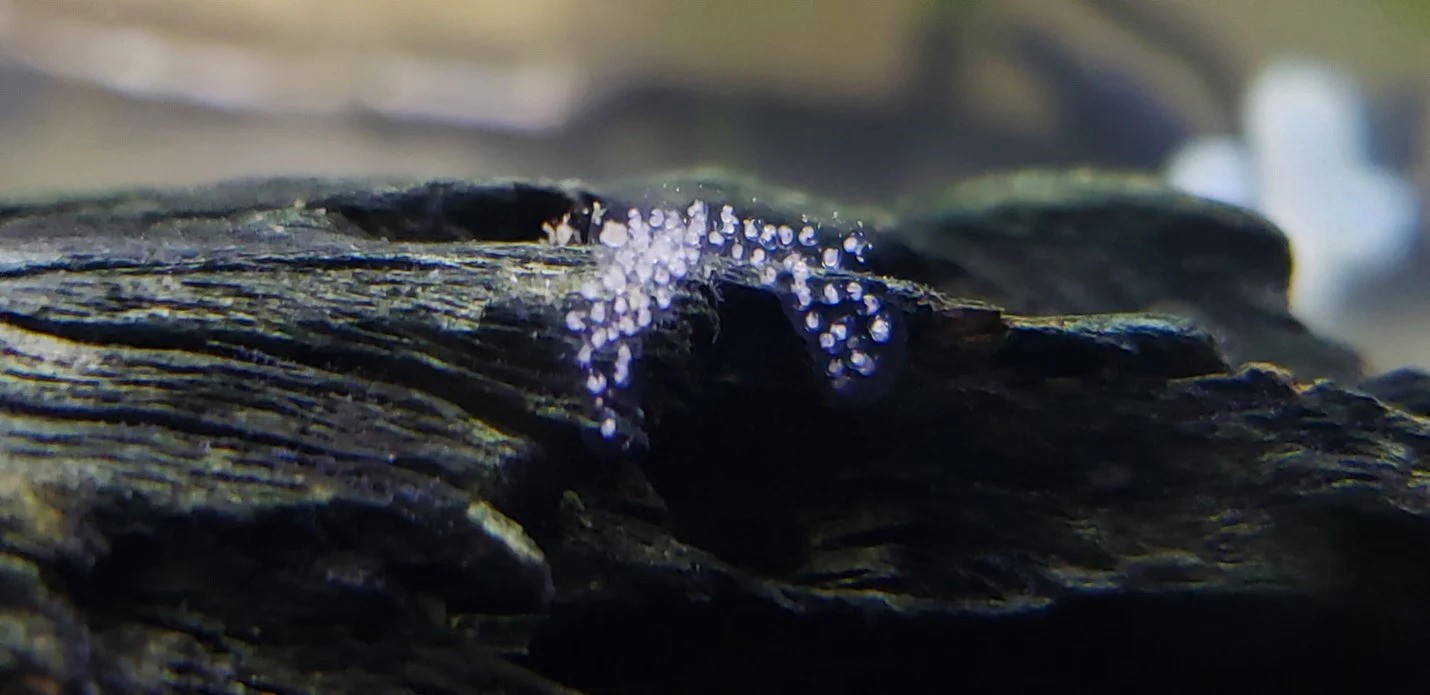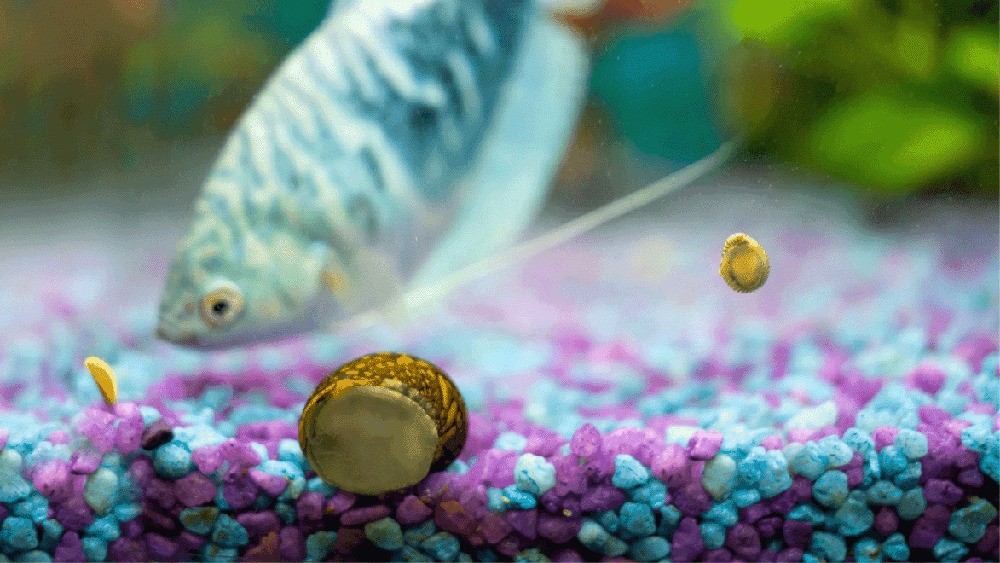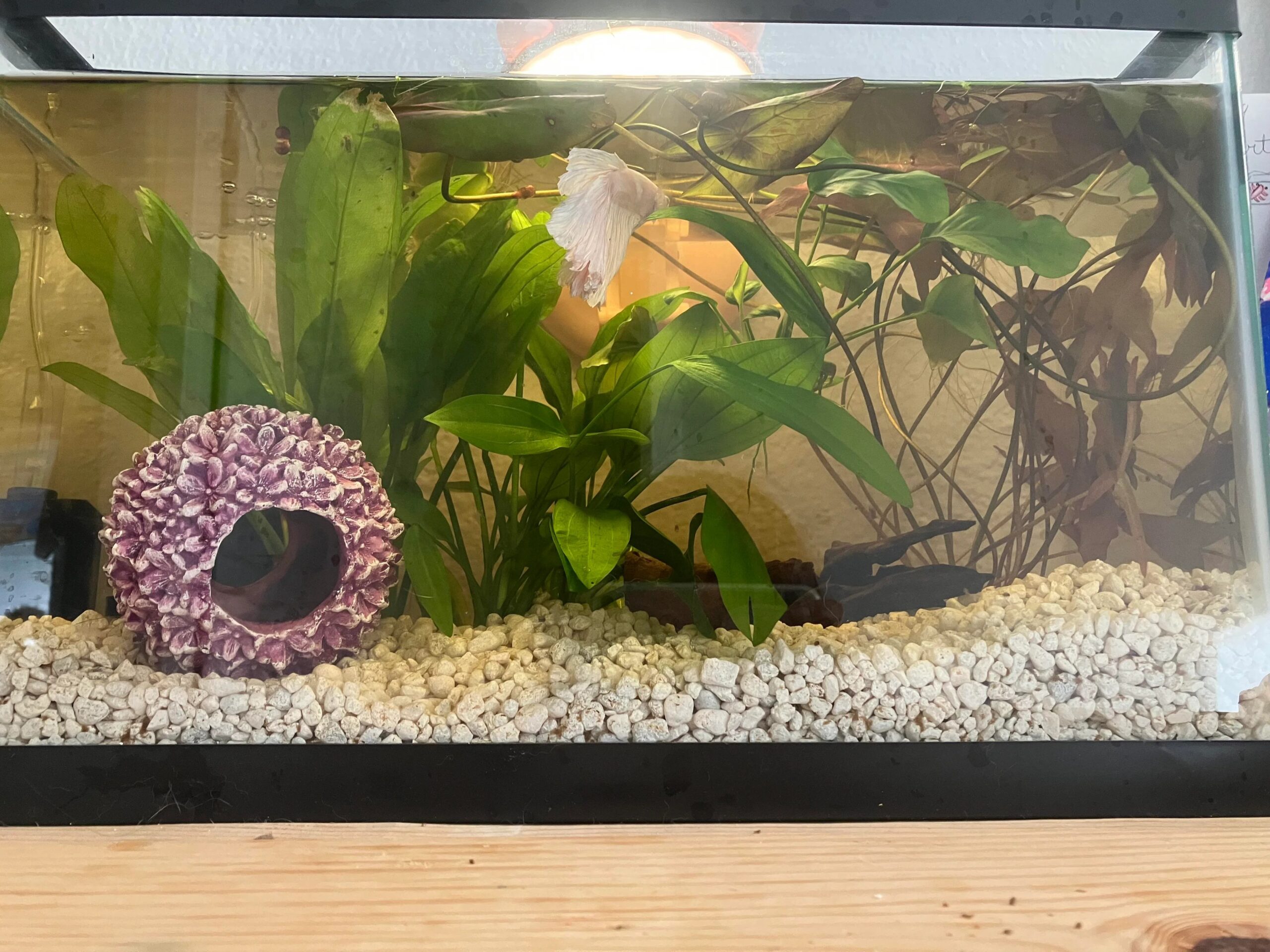Understanding the Aquarium Snail Trap
An aquarium snail trap is a device designed to attract and capture snails in your fish tank. These traps are typically baited with food that snails find irresistible. Once the snails enter the trap, they are unable to escape, allowing you to remove them easily.
Benefits of Using a Snail Trap in Your Aquarium
Using a snail trap in your aquarium has several advantages:
– Chemical-Free Solution: It eliminates the need for harmful chemicals that could affect your fish and plants.
– Targeted Approach: It specifically targets snails, leaving other aquatic life unharmed.
– Reusable: Most snail traps are reusable, making them a cost-effective solution for long-term snail control.
Setting Up Your Aquarium Snail Trap

Choosing the Right Snail Trap
When selecting an aquarium snail trap, consider the size of your tank and the severity of the snail infestation. Some popular types include:
– Tube Traps: These have a simple design and are easy to use.
– Box Traps: These are more advanced, with multiple entry points to catch more snails.
Baiting the Snail Trap
Baiting is a crucial step in using a snail trap effectively. Use foods that snails are naturally attracted to, such as:
– Vegetables: Lettuce, spinach, and cucumber slices work well.
– Fish Food: Algae wafers and sinking pellets are also effective baits.
Place the bait inside the trap and submerge it in the aquarium. Position the trap near areas where snails are commonly seen.
Snail Trap Aquarium DIY Options

For those who prefer a DIY approach, making a snail trap for your aquarium can be both economical and effective. Here are some simple DIY snail trap ideas:
DIY Bottle Snail Trap
1. Materials Needed: A plastic bottle, scissors, bait.
2. Instructions:
– Cut the top third of the bottle off.
– Invert the cut-off top and place it inside the bottom part of the bottle, creating a funnel.
– Secure the funnel with tape or by melting the edges together.
– Bait the trap and place it in the aquarium.
DIY Jar Snail Trap
1. Materials Needed: A small jar with a lid, drill, bait.
2. Instructions:
– Drill small holes in the lid large enough for snails to enter.
– Bait the jar and screw on the lid.
– Submerge the jar in the aquarium.
Maintaining Your Fish Tank After Snail Removal

Regular Maintenance Tips
– Monitor the Snail Population: Regularly check and remove any visible snails to prevent future infestations.
– Clean the Tank: Regularly clean the tank, including the substrate and decorations, to remove snail eggs and debris.
– Introduce Snail Predators: Some fish, like loaches and certain types of catfish, feed on snails and can help control the population.
Long-Term Snail Control Strategies
– Quarantine New Plants and Fish: Snails often hitchhike on new plants and fish. Quarantine them before adding them to your tank.
– Avoid Overfeeding: Excess food can contribute to snail overpopulation. Feed your fish only what they can consume within a few minutes.
Promotional Content

For those looking for high-quality snail traps and other aquarium maintenance supplies, we offer a range of options with custom sizes and styles available. Enjoy free design and shipping, fast turnaround times, and high-quality materials and printing options. Ensure your aquarium remains a healthy and beautiful environment for your fish.
By following these steps and using an aquarium snail trap effectively, you can maintain a balanced and thriving aquatic ecosystem.

